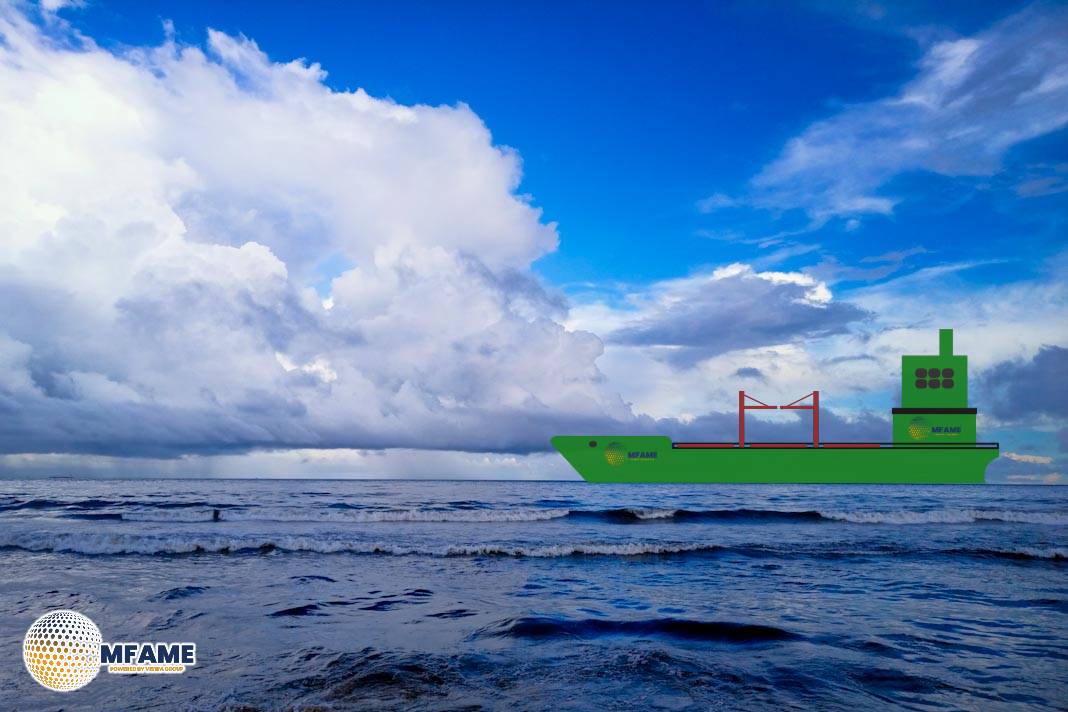- China imposes a $1.7 million “special port fee” on the first U.S.-linked ship docking at Shanghai, marking a sharp escalation in maritime trade tensions.
- The fee targets U.S.-flagged, built, or owned vessels, mirroring U.S. port levies and signaling a tit-for-tat trade response.
- The move could raise shipping costs and disrupt global trade routes, as carriers reassess port calls and ownership structures to avoid the charge.
In a move that underscores the deepening maritime and trade rift between the United States and China, Chinese port authorities have levied a “special port fee” of approximately $1.7 million on the first U.S.-linked ship to dock at the Port of Shanghai, reports Marine Insight.
The policy, which took effect on October 14, 2025, applies to vessels connected to the United States by ownership, operation, or registration.
The fee is calculated at about ¥400 per net tonne and is charged at the ship’s first port of entry in China. It may apply to as many as five voyages per year, signaling Beijing’s intent to make the measure both punitive and sustained. Exemptions exist for vessels built in China, empty ships entering for repairs, and certain special-purpose carriers.
A Tit-for-Tat Response to U.S. Maritime Charges
China’s latest measure is widely viewed as a retaliatory response to the United States’ earlier decision to impose additional docking fees on China-linked ships. The move forms part of a broader pattern of reciprocal economic countermeasures as both countries expand their competition from trade and technology into the maritime domain.
Officials have framed the decision as a defensive step against what they describe as “discriminatory port charges” by the U.S. The special port fee will reportedly increase in stages through 2028, mirroring the tiered structure of the American levies.
Targeted Application and Compliance Risks
The fee applies specifically to ships that are U.S.-flagged, U.S.-built, or operated by U.S.-based companies, as well as those with at least 25% U.S. ownership or board control. Any vessel falling under these criteria must pay the fee before port operations can proceed. Failure to comply could result in import or export documentation being withheld, effectively halting cargo operations.
Shipping companies have begun scrutinizing their fleet structures and ownership links to determine whether they might fall under the new rule. In several cases, operators have issued statements clarifying that their fleets are not subject to the fee due to non-U.S. registration or ownership.
Economic and Trade Implications
The imposition of the special port fee is expected to raise operational costs for U.S.-linked vessels calling at Chinese ports. Increased shipping expenses could ripple through supply chains, affecting freight rates and potentially contributing to higher consumer prices in international trade markets.
Industry analysts caution that the measure may trigger further escalation, as the United States could respond with additional maritime or trade restrictions. Such developments risk deepening uncertainty across the shipping sector, which is still grappling with post-pandemic volatility and fluctuating freight indices.
Outlook: A New Front in U.S.–China Rivalry
The new port fee represents a symbolic and strategic shift in the global shipping landscape. It signals that seaborne trade—long considered a neutral zone of global commerce—is now being drawn into the larger geopolitical contest between the world’s two largest economies.
Observers are watching closely to see whether the United States will introduce counter-retaliatory measures or seek to negotiate an easing of the tensions. In the meantime, shipping companies may begin rerouting vessels or adjusting ownership structures to avoid classification as U.S.-linked.
The Shanghai port fee could mark the beginning of a prolonged cycle of economic maneuvering, where the control of maritime trade routes becomes as politically charged as tariffs or technology exports.
Did you subscribe to our daily Newsletter?
It’s Free Click here to Subscribe!
Source: Marine Insight
















